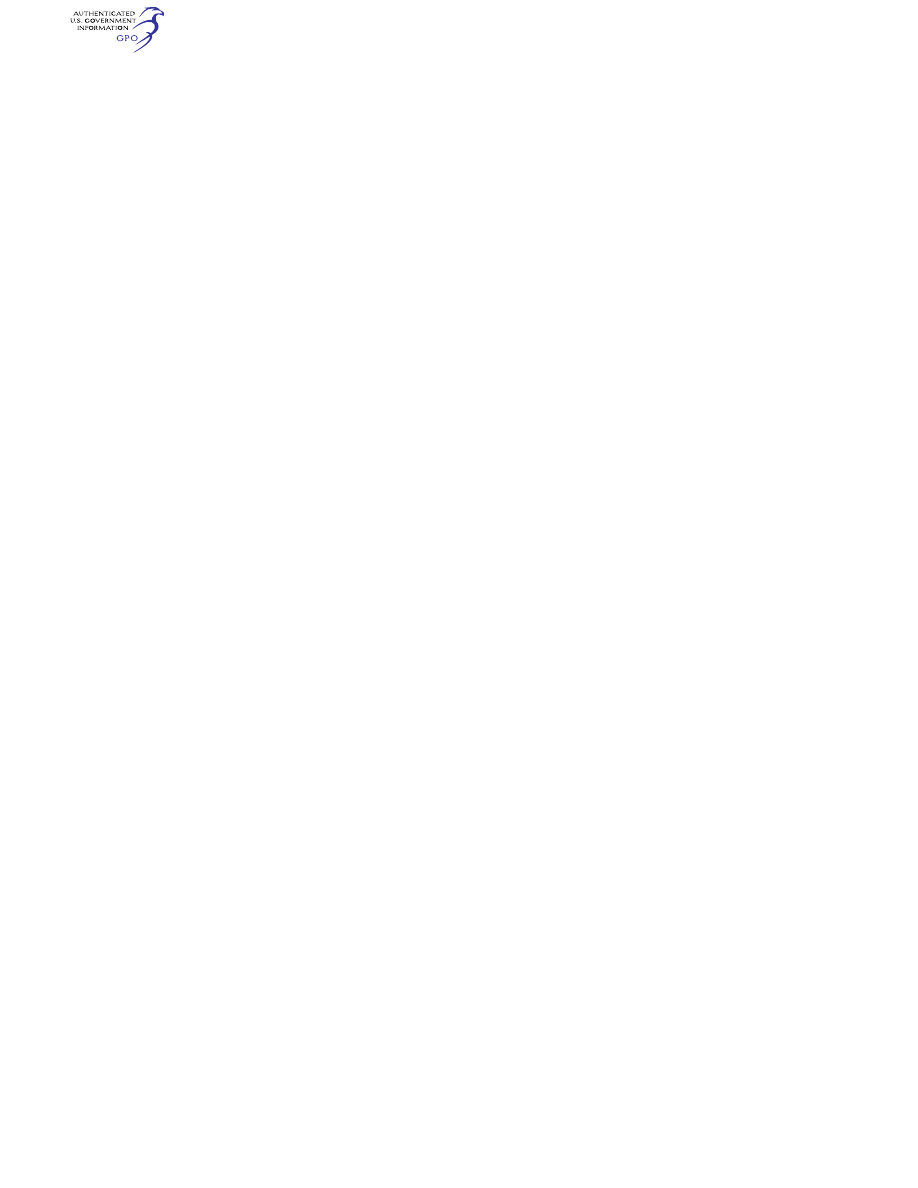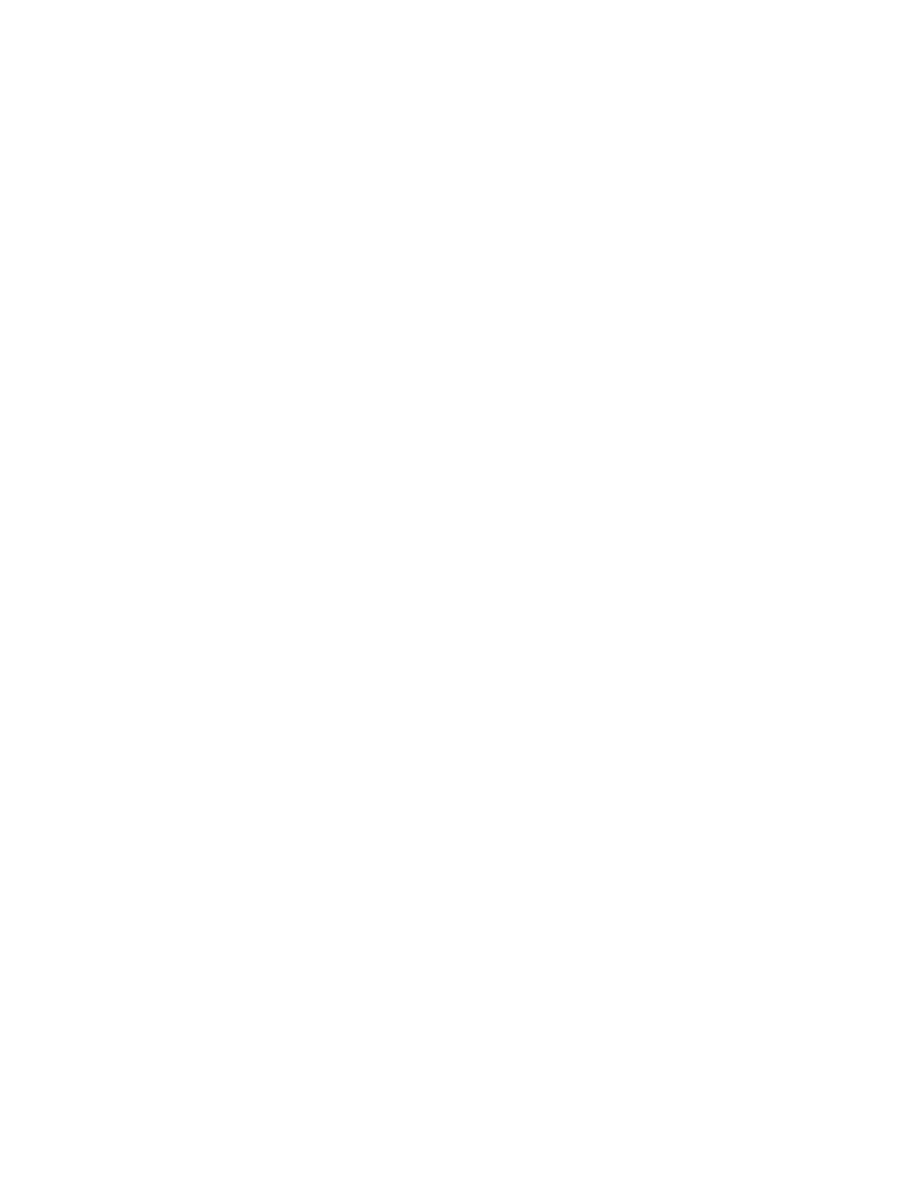
311
Federal Aviation Administration, DOT
§ 25.907
(c)
Control of engine rotation. There
must be means for stopping the rota-
tion of any engine individually in
flight, except that, for turbine engine
installations, the means for stopping
the rotation of any engine need be pro-
vided only where continued rotation
could jeopardize the safety of the air-
plane. Each component of the stopping
system on the engine side of the fire-
wall that might be exposed to fire must
be at least fire-resistant. If hydraulic
propeller feathering systems are used
for this purpose, the feathering lines
must be at least fire resistant under
the operating conditions that may be
expected to exist during feathering.
(d)
Turbine engine installations. For
turbine engine installations—
(1) Design precautions must be taken
to minimize the hazards to the airplane
in the event of an engine rotor failure
or of a fire originating within the en-
gine which burns through the engine
case.
(2) The powerplant systems associ-
ated with engine control devices, sys-
tems, and instrumentation, must be de-
signed to give reasonable assurance
that those engine operating limitations
that adversely affect turbine rotor
structural integrity will not be exceed-
ed in service.
(e)
Restart capability. (1) Means to re-
start any engine in flight must be pro-
vided.
(2) An altitude and airspeed envelope
must be established for in-flight engine
restarting, and each engine must have
a restart capability within that enve-
lope.
(3) For turbine engine powered air-
planes, if the minimum windmilling
speed of the engines, following the
inflight shutdown of all engines, is in-
sufficient to provide the necessary
electrical power for engine ignition, a
power source independent of the en-
gine-driven electrical power generating
system must be provided to permit in-
flight engine ignition for restarting.
(f)
Auxiliary Power Unit. Each auxil-
iary power unit must be approved or
meet the requirements of the category
for its intended use.
[Doc. No. 5066, 29 FR 18291, Dec. 24, 1964, as
amended by Amdt. 25–23, 35 FR 5676, Apr. 8,
1970; Amdt. 25–40, 42 FR 15042, Mar. 17, 1977;
Amdt. 25–57, 49 FR 6848, Feb. 23, 1984; Amdt.
25–72, 55 FR 29784, July 20, 1990; Amdt. 25–73,
55 FR 32861, Aug. 10, 1990; Amdt. 25–94, 63 FR
8848, Feb. 23, 1998; Amdt. 25–95, 63 FR 14798,
Mar. 26, 1998; Amdt. 25–100, 65 FR 55854, Sept.
14, 2000; Amdt. 25–140, 79 FR 65525, Nov. 4,
2014; Amdt. No. 25–148, 87 FR 75710, Dec. 9,
2022; 88 FR 2813, Jan. 18, 2023]
§ 25.904
Automatic takeoff thrust con-
trol system (ATTCS).
Each applicant seeking approval for
installation of an engine power control
system that automatically resets the
power or thrust on the operating en-
gine(s) when any engine fails during
the takeoff must comply with the re-
quirements of appendix I of this part.
[Amdt. 25–62, 52 FR 43156, Nov. 9, 1987]
§ 25.905
Propellers.
(a) Each propeller must have a type
certificate.
(b) Engine power and propeller shaft
rotational speed may not exceed the
limits for which the propeller is certifi-
cated.
(c) The propeller blade pitch control
system must meet the requirements of
§§ 35.21, 35.23, 35.42 and 35.43 of this
chapter.
(d) Design precautions must be taken
to minimize the hazards to the airplane
in the event a propeller blade fails or is
released by a hub failure. The hazards
which must be considered include dam-
age to structure and vital systems due
to impact of a failed or released blade
and the unbalance created by such fail-
ure or release.
[Doc. No. 5066, 29 FR 18291, Dec. 24, 1964, as
amended by Amdt. 25–54, 45 FR 60173, Sept.
11, 1980; Amdt. 25–57, 49 FR 6848, Feb. 23, 1984;
Amdt. 25–72, 55 FR 29784, July 20, 1990; Amdt.
25–126, 73 FR 63345, Oct. 24, 2008]
§ 25.907
Propeller vibration and fa-
tigue.
This section does not apply to fixed-
pitch wood propellers of conventional
design.
(a) The applicant must determine the
magnitude of the propeller vibration
stresses or loads, including any stress
VerDate Sep<11>2014
09:06 Jun 28, 2024
Jkt 262046
PO 00000
Frm 00321
Fmt 8010
Sfmt 8010
Y:\SGML\262046.XXX
262046
jspears on DSK121TN23PROD with CFR
